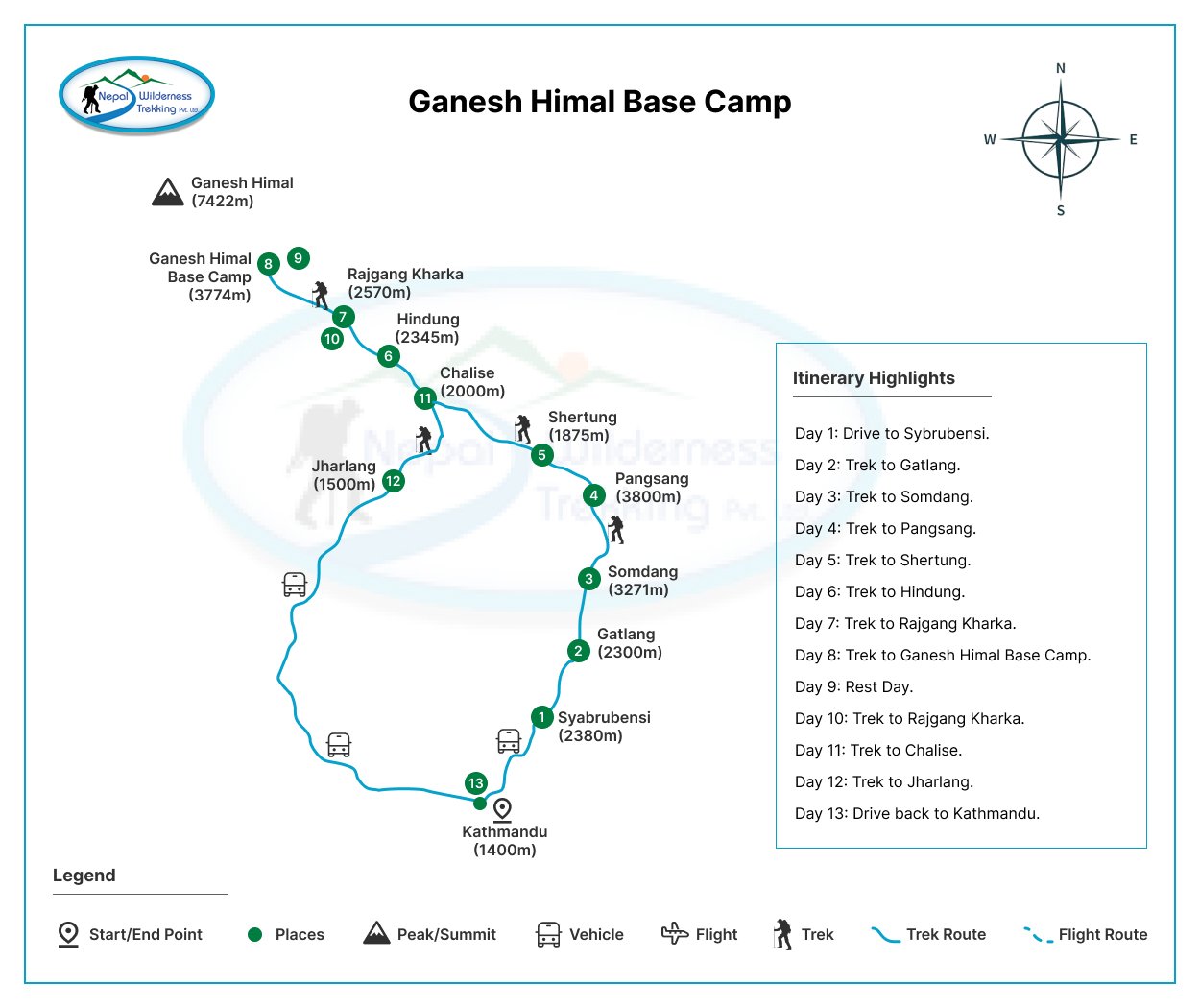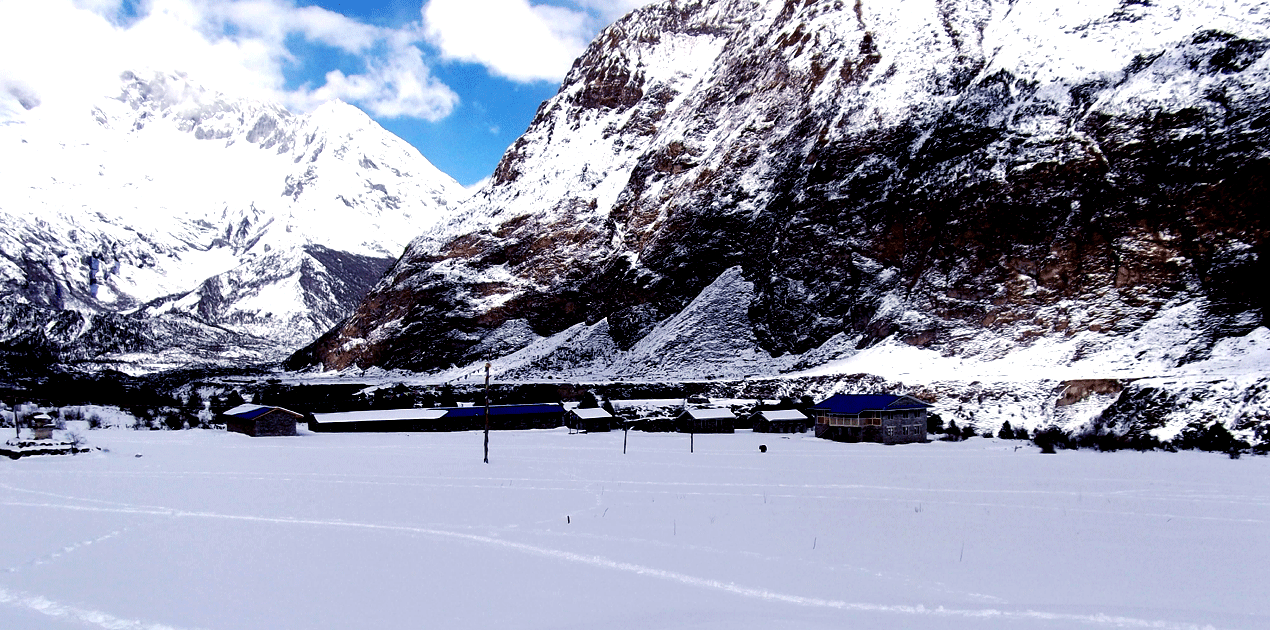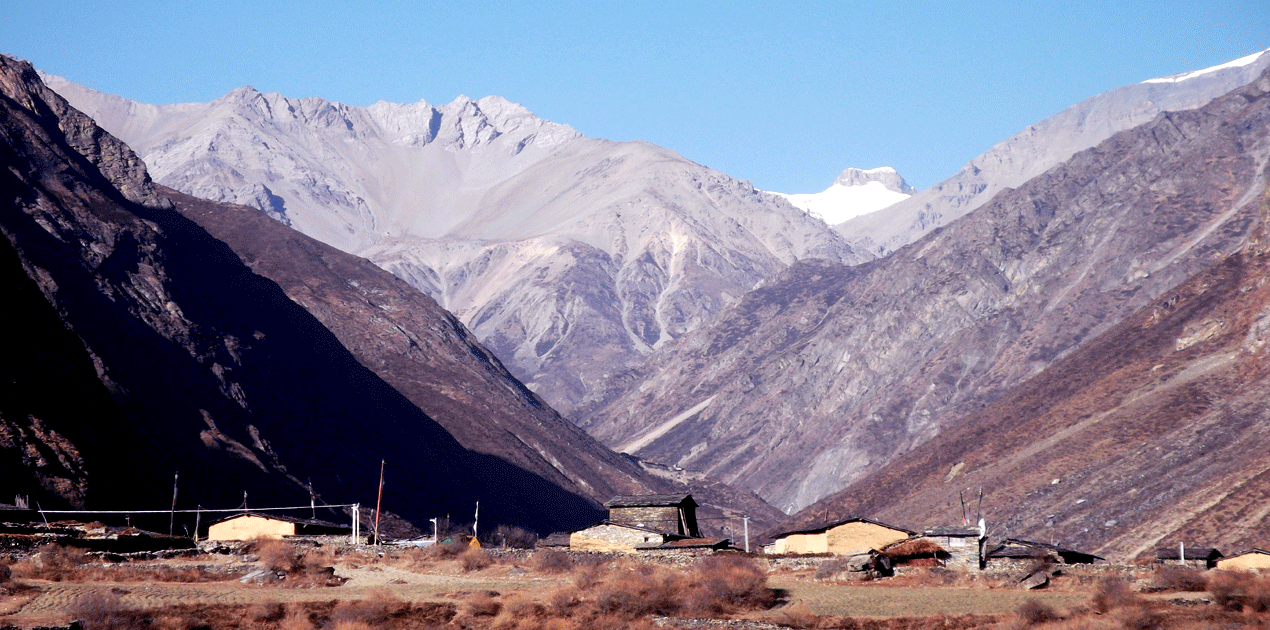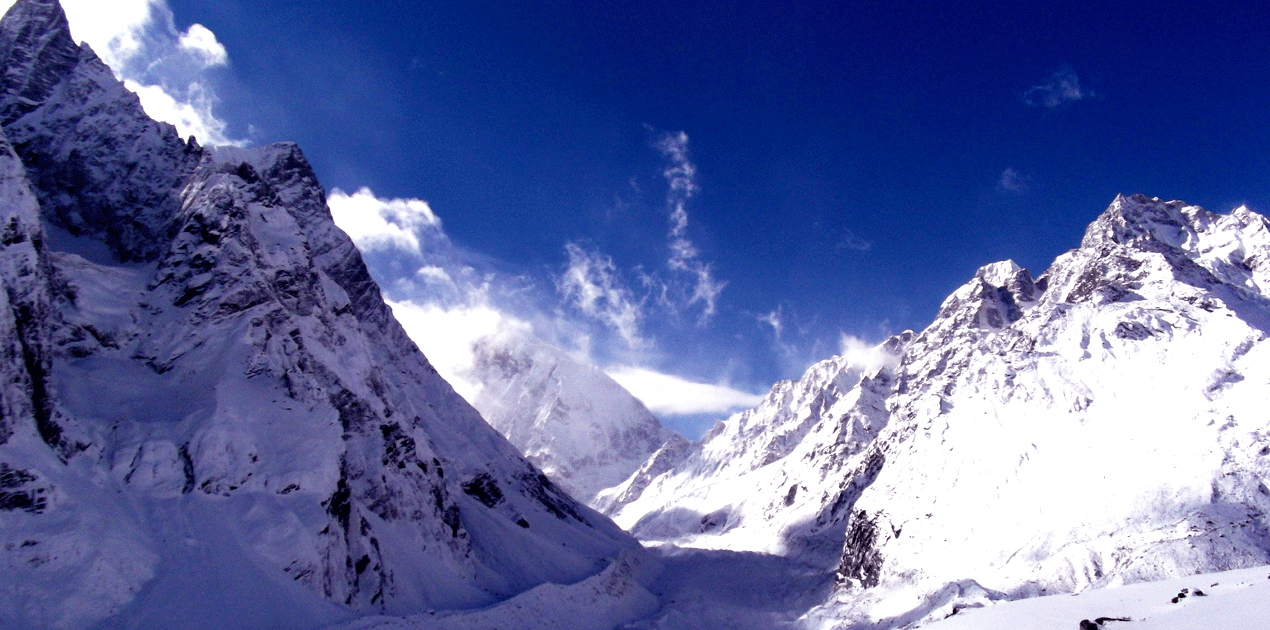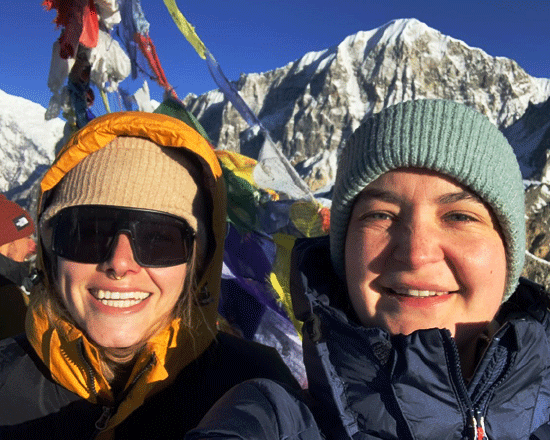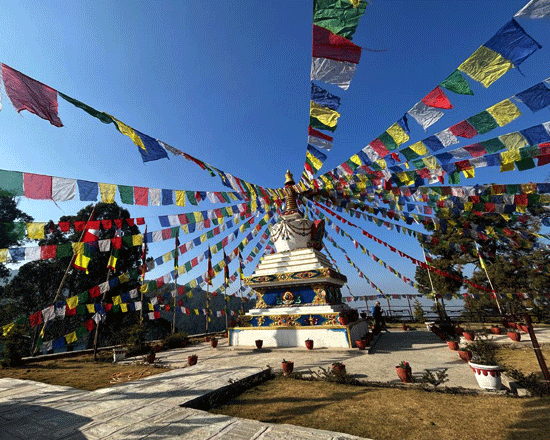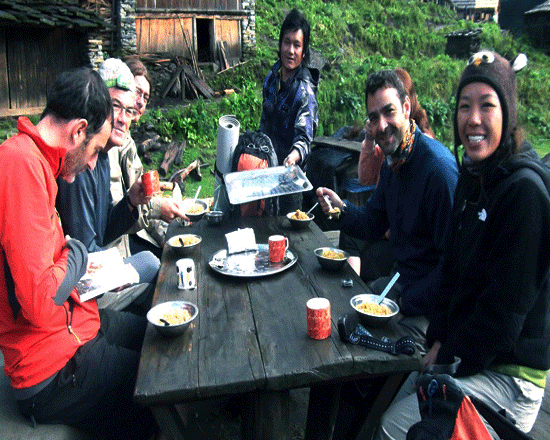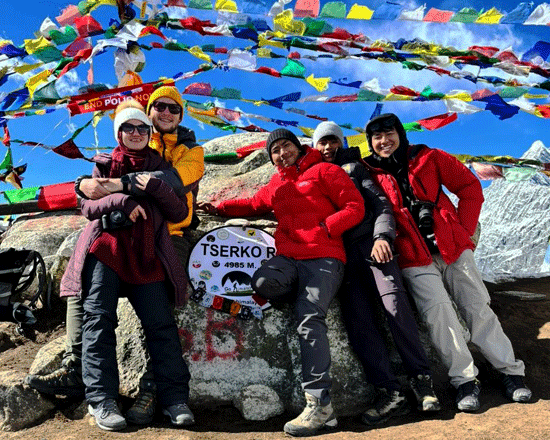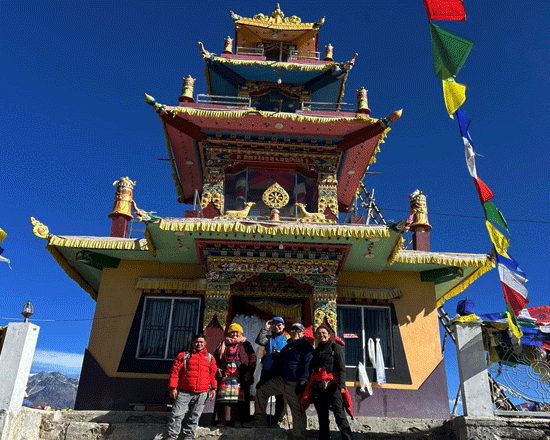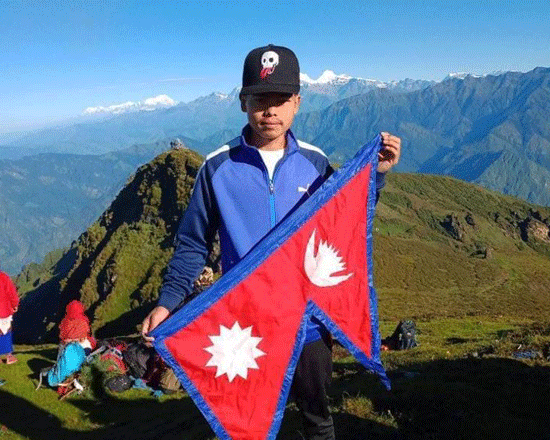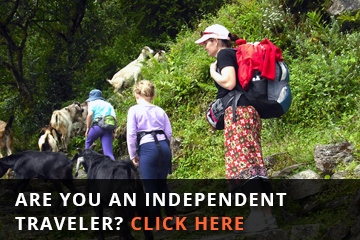Ganesh Himal Base Camp trek
Ganesh Himal Base Camp trek
Langtang RegionTrip Facts
Since the terrain can be hard and the days long, hikers on these treks should be in good physical condition and have some previous mountain walking experience. Steep climbing may be involved, although it is never necessary to use ropes. Treks at this level can he arranged for periods of 16 to 21 days. Typically, a gradual ascent through a green river valley will lead you up to a number of high passes, where you will reach the altitude of 5416m. Often times, you will get a close insight into the Tibetan culture. Participants should expect to trek above 5416m/17872ft.
100%
Overview
Exploring the Hidden Gem: Ganesh Himal Base Camp
Nestled in the heart of central Nepal, the Ganesh Himal base camp trek is a hidden gem that offers a unique blend of geographical, cultural, and biological diversity. Situated between the Langtang National Park and the Manaslu Conservation Area, this trek takes you on an unforgettable journey through the pristine landscapes of the Ruby Valley. Unlike the well-trodden paths of more popular trekking regions in Nepal, the Ganesh Himal trek remains relatively unexplored, promising a truly off-the-beaten-path adventure.
Exploration and Mapping
- Western exploration of the Ganesh Himal began in the 19th and early 20th centuries, during the period when British explorers and surveyors were mapping the Himalayan ranges. Notable expeditions and surveys helped establish the peaks’ names and elevations.
- One of the early notable explorers of the region was the British mountaineer and explorer Frank Smythe, who contributed to the mapping and understanding of the Himalayas during his expeditions in the early 1930s.
A Journey Through Four Districts
This trek takes you through Gorkha, a place of historical significance as the birthplace of Prithvi Narayan Shah. A key figure in modernizing Nepal and unifying the nation through a series of strategic wars. It’s also the ancestral home of the legendary Gurkha warriors, known for their valor and bravery. As you traverse this region, you’ll have the opportunity to immerse yourself in the rich tapestry of indigenous cultures, including the Tamang, Gurung, Ghale, Brahmin, Chhetri, Dalit, Newar, and Chepang communities, each residing at different elevations along the trail.
Ganesh Himal: The Deity of Good Fortune
Named after the Hindu deity associated with good fortune, the Ganesh Himal base camp trek offers a mesmerizing natural environment that lives up to its auspicious name. Diverse flora and fauna adorn the region, making it a haven for nature enthusiasts and wildlife lovers. Along the trail, you’ll encounter an array of medicinal herbs, vibrant wildflowers, and over 200 bird species. The area also hosts mining activities for rubies and crystals, adding an element of mystique to your journey. As you hike, the refreshing scents of barberries, primroses, orchids, and various fern species will envelop you.
Cultural Immersion in Tamang Communities
One of the highlights of this trek is the opportunity for cultural immersion, particularly within the Tamang community. The Ganesh Himal region is home to many Tamang people who maintain a traditional way of life, largely untouched by urban influences. As you interact with these warm and hospitable communities, you’ll gain insights into their customs, traditions, and way of life. It’s a chance to connect with the heart and soul of Nepal.
A Paradise for Adventurers
Beyond its cultural richness, the Ganesh Himal trek offers an adventure of a lifetime. Towering mountains, terraced fields, deep gorges, hot springs, and enchanting Rhododendron forests create a paradise for adventurers. The 13-day trek includes traversing two mountain passes, Pangsang La and Sing La passes, along with a stop at Thulo Dhunga before reaching the Base Camp. Along the way, you’ll be captivated by picturesque waterfalls, lush rhododendron and juniper forests, and abundant greenery. Landmarks like Dobra Danda, Kalo Kunda, and Seto Kunda will provide breathtaking views of the majestic Ganesh Himal range. These regions are not only known for their scenic beauty but also for their ruby mining sites and mystical lakes believed to have the power to bless or punish visitors.
A Special September Gathering
For those trekking in September, a unique experience awaits at Ganesh Kunda, the third holy lake. It’s during this time that spiritual leaders gather for rituals and ceremonies, creating a spiritual atmosphere that’s truly unforgettable. The Ganesh Himal trek offers a perfect blend of awe-inspiring mountain vistas and cultural interactions with the diverse villages along the way. Locals may entertain you with traditional music and customs, allowing you to immerse yourself in their way of life.
Wildlife Encounters and Natural Treasures
The region is home to a variety of wildlife, adding an element of excitement to your trek. Keep your eyes peeled for musk deer, Jharal goats, wild boars, Langur monkeys, pheasants, and partridges as you make your way through this wilderness. Additionally, the nearby highlands are famous for the Yarsha gumba, which is found in these parts.
Physical fitness preparation
To undertake the Ganesh Himal Base Camp Trek, trekkers need to be physically fit. It is recommended to run for 10 to 15 days or for a month depending on your fitness level before the trek. This helps to build the individual’s hiking stamina. This preparation helps in acclimatizing to the high altitudes and ensures you are ready for the demanding terrain of the trek.
What’s crucial is a willingness to prepare physically and mentally, and to respect the demands of the environment. Proper acclimatization ensures trekkers can fully enjoy the journey, absorbing the breathtaking landscapes and immersing themselves in the local culture. Ensure that, you bring the recommended trekking equipment list. Remember, quality trekking equipment can make your trip enjoyable, while a poor one can make it miserable.
Camping Adventure and Alternatives
The 13-day Ganesh Himal base camp trek immerses you in nature with a camping experience that fosters a deep connection with the environment. Alternatively, choose the Ruby Valley Trek for a more intimate cultural experience through homestays. Unlike popular treks like Everest Base Camp and Annapurna Base Camp, this route offers relatively basic facilities. This simplicity makes it a budget-friendly option for wilderness enthusiasts. If you seek more comfortable camping accommodations and diverse food options. The Nepal Wilderness Trekking agency can organize a fully supported camping trek upon your request, led by our experienced team.
Conclusion
The Ganesh Himal base camp trek offers a remarkable journey through a region of Nepal that remains largely unexplored by mainstream tourism. It’s a chance to discover the hidden treasures and the beauty of the Ruby Valley and immerse yourself in diverse cultures. With Nepal Wilderness Trekking as your trusted guide, you can embark on this extraordinary adventure, where every step takes you deeper into the heart of the Himalayas. So, gear up, embrace the unknown, and prepare for an adventure that will etch lifelong memories into your soul.
Note
Detail Itinerary
- Day 01: Scenic Drive from Kathmandu to Syabrubesi (1,500m / 4,921ft) The journey begins with a scenic drive from Kathmandu, covering 122 km in about 7-8 hours. The road winds through hills, rivers, and rural villages, offering glimpses of Ganesh Himal and the Langtang range. Syabrubesi is a gateway to many treks in the Langtang and Ganesh Himal regions.
- Day 02: Trek from Syabrubesi to Gatlang (2,238m / 7,342ft) A 5–6 hour trek leads to Gatlang, a picturesque Tamang village. The trail ascends through terraced fields and forests, offering cultural interactions with the local Tamang people, known for their warm hospitality and unique traditions.
- Day 03: Trek from Gatlang to Somdang (3,271m / 10,764ft) Trekking through rhododendron forests, this 6–7 hour journey passes the sacred Parvati Kunda lake before reaching Somdang. The area is rich in flora and fauna, with chances to spot Himalayan wildlife.
- Day 04: Trek from Somdang to Pangsang Pass (3,850m / 12,631ft) A shorter yet rewarding trek of 5–6 hours leads to Pangsang Pass, offering one of the best panoramic views of Langtang, Ganesh Himal, Manaslu, and the Annapurna range. The pass is a stunning location to witness Nepal’s highland beauty.
- Day 05: Trek from Pangsang Pass to Shertung & Chalise (1,875m / 6,152ft) Descending into the valleys, the trek continues for about 6–7 hours through lush forests and small villages, reaching the culturally rich villages of Shertung and Chalise, inhabited by Gurung and Tamang communities.
- Day 06: Trek from Chalise to Hindung (2,400m / 7,874ft) This 5–6 hour trek takes you deeper into rural Nepal, passing terraced farmlands and traditional villages before arriving at Hindung, a small Gurung settlement.
- Day 07: Trek from Hindung to Rajgang Kharka (2,900m / 9,514ft) A 5-hour journey takes you through alpine meadows and dense forests. Rajgang Kharka is a quiet grazing land with spectacular views of the surrounding peaks.
- Day 08: Trek from Rajgang Kharka to Kalo Seto Kunda & Ganesh Himal Base Camp (4,200m / 13,779ft) A 5–6 hour trek leads to the sacred Black and White Lakes (Kalo Seto Kunda) before reaching the Ganesh Himal Base Camp, where trekkers are rewarded with stunning glacier views and complete wilderness.
- Day 09: Rest Day at Ganesh Himal Base Camp A day to explore the base camp, acclimatize, and enjoy breathtaking views of Ganesh Himal and its surrounding glaciers.
- Day 10: Trek from Ganesh Himal Base Camp to Rajgang Kharka Retracing the previous route, a 5–6 hour trek takes you back to Rajgang Kharka while enjoying more scenic landscapes.
- Day 11: Trek from Rajgang Kharka to Chalise This 5–6 hour descent takes you back to the welcoming village of Chalise, where you can interact more with the local communities.
- Day 12: Trek from Chalise to Jharlang (1,500m / 4,921ft) A 6–7 hour trek leads to Jharlang, a beautiful village with terraced fields and traditional stone houses.
- Day 13: Drive from Jharlang to Kathmandu The adventure concludes with a 7–8 hour scenic drive back to Kathmandu, passing through hills, forests, and rivers.
Cost Included
- Hotel to the bus park by car.
- Kathmandu to Syadrubesi (8 hours) by public bus.
- Lodge accommodation on homestay during your trekking.
- Italian, Chinese, Nepali, Indian, and many other European Delicious Meals three times a day (Breakfast, lunch, and dinner chosen by Menu).
- National park entrance permits and TIMS card.
- One fluent English-speaking, government-registered, experienced, first aid-trained guide who is friendly and familiar with this area and required porters, one porter for two clients.
- Camping gear and staff from Chalish to Ganesh Himal base camp and back to Chalish
- Equipment sleeping bag jackets
- Guides/porters- food, lodge, bus transportation, salary, insurance, equipment, etc.
Cost Excluded
- Hotel in Kathmandu
- Personal equipment
- all beverages, Soft and hard table drinks such as coke, beer,
- drinking water/mineral water, etc. during the trek.
- dessert, etc
- (Self-preparation equipment list click here).
- Hot shower, laundry
- personal insurance
- Tip for guide and porter.
| Trip Dates | Trip Price | Confirmed Pax | Trip Status | |
|---|---|---|---|---|
| Fixed Departures will be added soon! | ||||
Trip Map
